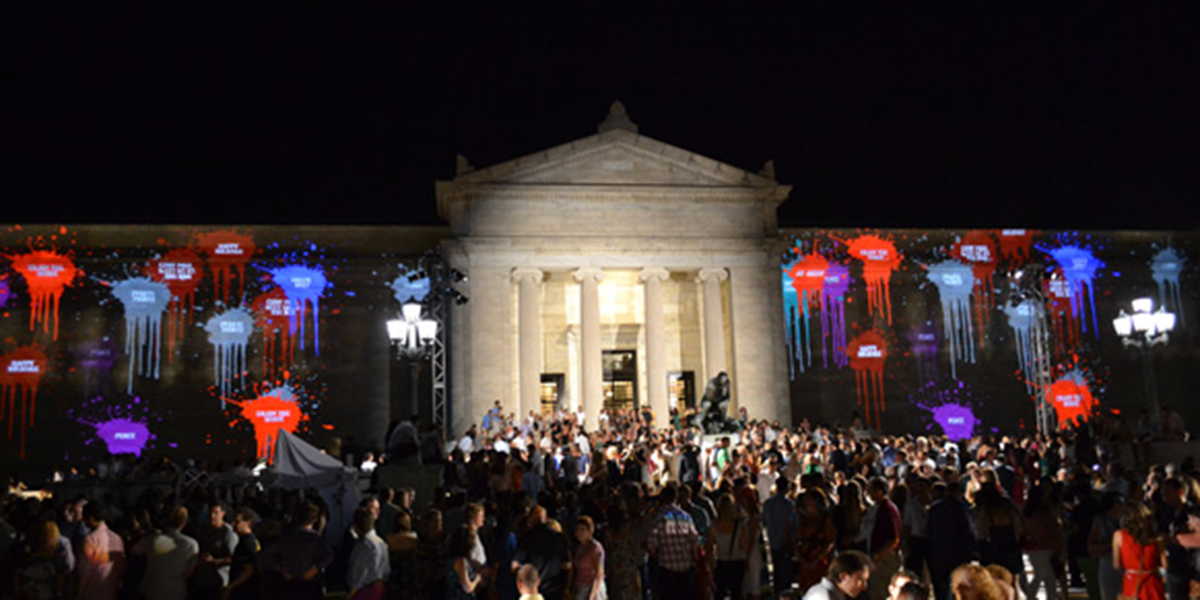
Abstract
This pictorial introduces a three-level framework articulating the role media architecture could play in strengthening neighborhood resilience. The framework operates at the levels of concepts, strategies and examples, containing i) five aspects of resilience that media architecture can contribute to in the face of ecological and social shocks and stressors, ii) 17 design strategies for promoting these aspects, and iii) 10 design examples that demonstrate the design strategies. The framework, which is made available through a web-based tool, aims to contribute to the development of intermediate-level design knowledge, linking design strategies to both higher-level concepts as well as concrete examples. In the discussion we further explore how our interpretations of social and ecological resilience in the framework and tool also resonate with emerging more-than-human theories in HCI, IxD and MA.
Citation
Maximiliane Nirschl,
Boudewijn Boon,
Martijn de Waal,
Media architecture for neighborhood resilience
Proc. 6th Media Architecture Biennale (MAB ’23), 108-118, doi:10.1145/3627611.3627623, 2023.
Acknowledgements
We thank Edith Winkler, Floor van Ditzhuyzen, Lotte de Haan, Hedwich Hooghiemstra and Nadia Pepels for sharing their rich insights about the Holendrecht neighborhood during a design charette that we organized. The research presented in this paper is part of the project ‘From Prevention to Resilience: Designing Public Spaces in Times of Pandemic’. This project is funded by The Netherlands Organization for Health Research and Development (ZonMw), part of the subsidy round ‘COVID 19: Maatschappelijke Dynamiek’, project nr. 10430032010029.